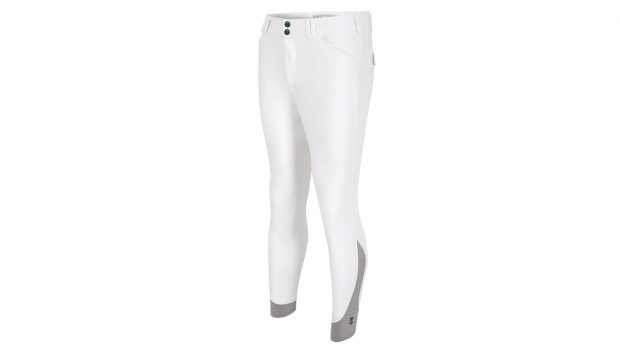Jodhpurs
Based on an ancient Indian style of trouser known as the Churidar, jodhpurs were introduced to 19th Century England by Sir Pratap Singh, son of the Maharaja of India, avid polo player, friend of Queen Victoria and swashbuckling soldier-prince. He brought his polo team over from India for Victoria’s Diamond Jubilee and immediately caused a sensation in high society. His specially-designed jodhpurs – trousers that were flared across the hips, to allow the rider and to stay cool and have free movement, with reinforced fabric across the knee and inner calf to prevent it from rubbing – were adopted by British polo players, although they adapted them slightly by making them tight from knee to ankle, to facilitate the wearing of long boots.
In the 1920s, as women stopped riding side-saddle, they also began wearing jodhpurs. One of the first high profile women to wear jodhpurs was the fashion icon Coco Chanel. She not only popularized them for equestrian pursuits, but also in mainstream fashion, where they’ve regularly appeared as a trend ever since.
Contemporary jodhpurs are no longer flared over the hips and thigh; technical stretch fabrics mean this is no longer necessary for free movement. While traditional beige, cream or white are still very popular, and a requirement in most competitive disciplines, you can buy jods in every colour of the rainbow, including denim, to look like your favourite skinny jeans. Unlike breeches, which stop mid-calf and are designed to be worn with long boots, they are often worn with short riding boots known as jodhpur or paddock boots.















